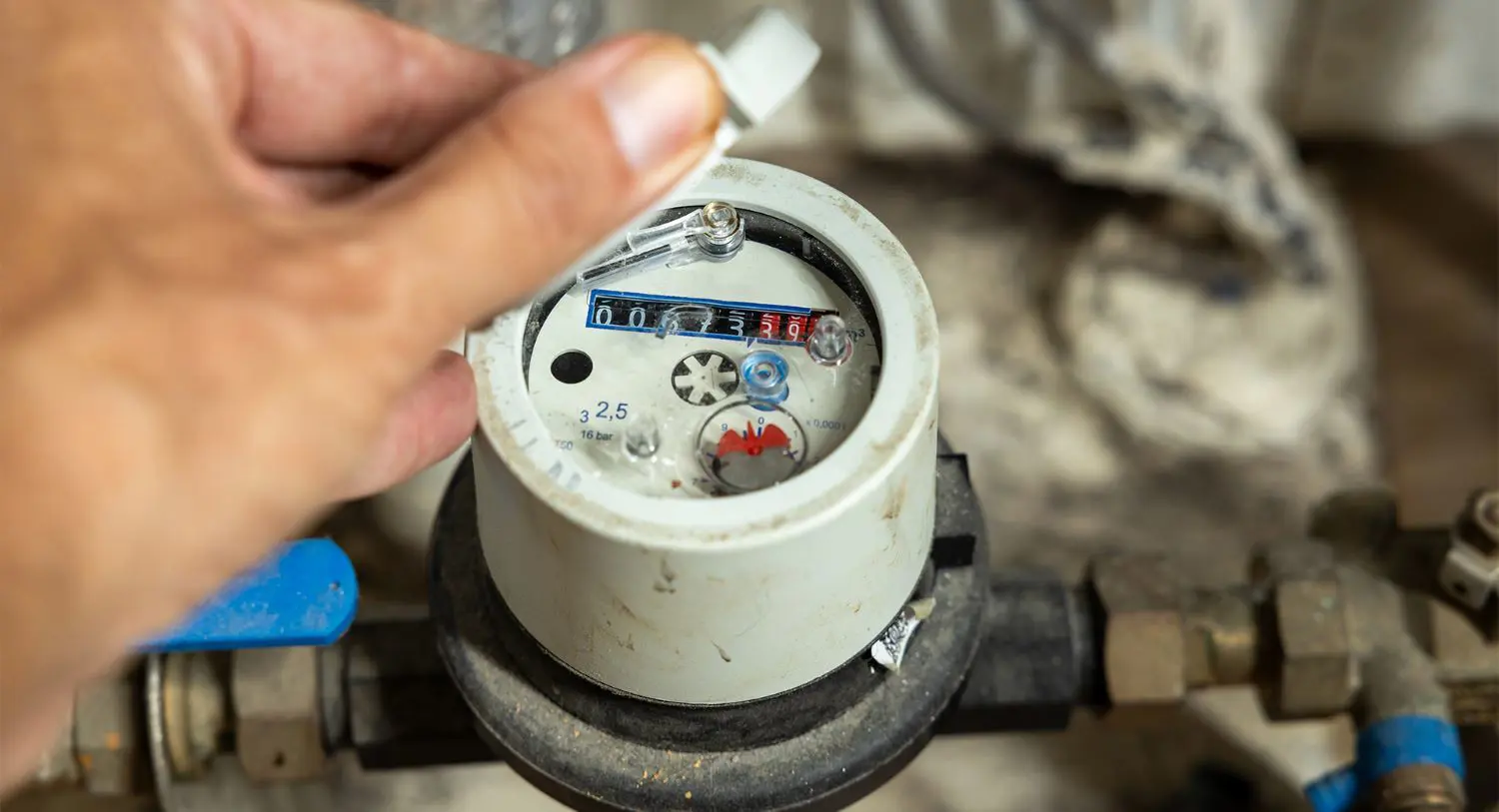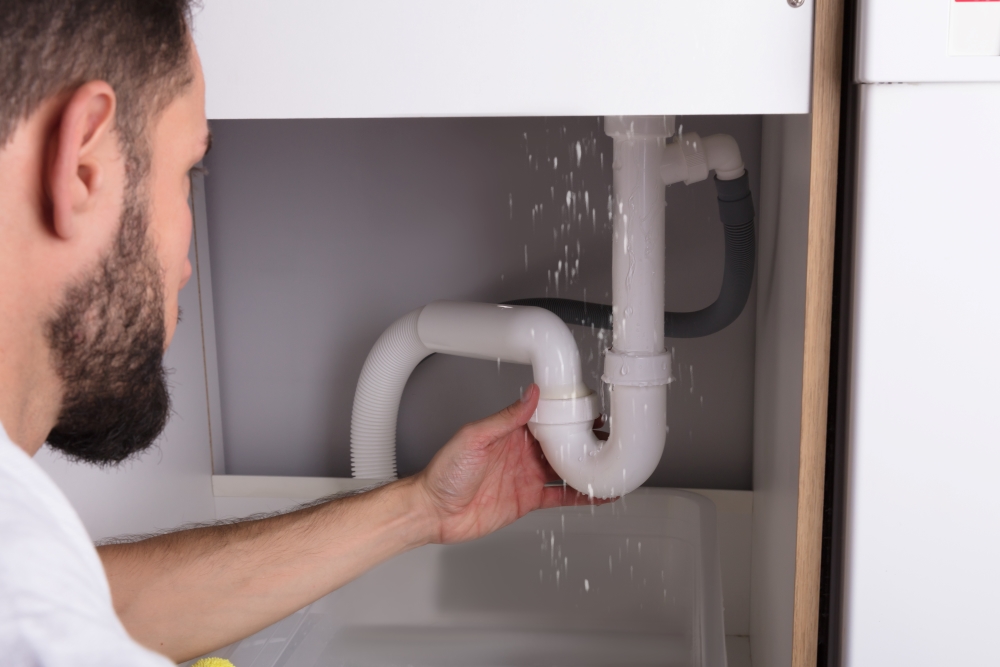Leakage allowance for business customers
If you’ve had an external leak, you might be able to claim a leakage allowance.
You will only be eligible to claim if you:
- you repaired the leak within 30 days of finding it
- apply within six months after the repair
- have not already made a claim for the same property within the last two years.
You cannot claim a leak allowance if the leak resulted from negligence. To apply, please contact your water retailer.
You will need to provide your retailer with:
- the reason for the allowance request
- what happened to the water that leaked?
- the location of the leak and its cause
- the date the leak was fixed
- two meter readings recorded after the repair, with at least a week between them
- the reason for the delay, if the repair exceeded 30 days
- any proof of the repair, such as invoices or photographs.
We have worked with the Market Operator Services Limited (MOSL) Retailer Wholesaler Group (RWG) to produce guidelines for business customers to follow.












